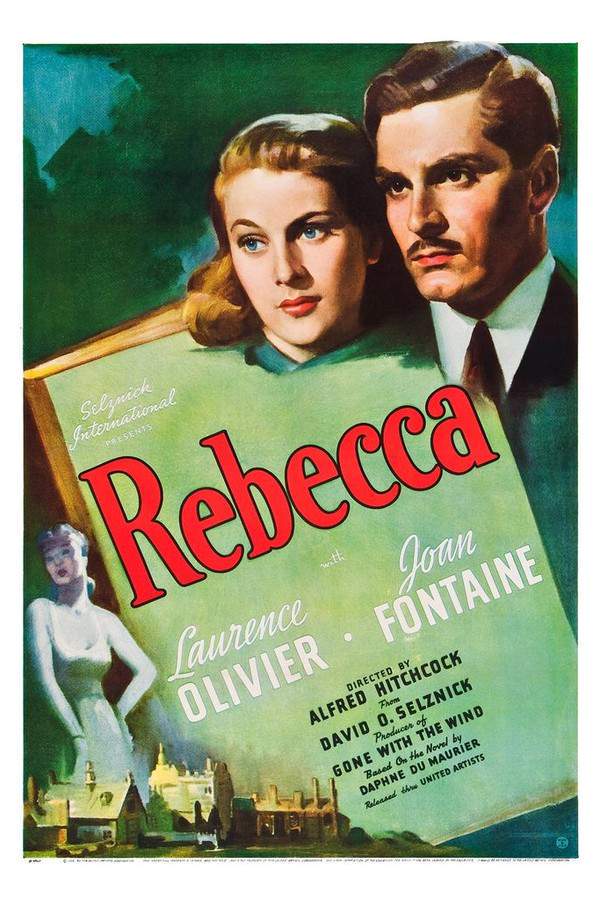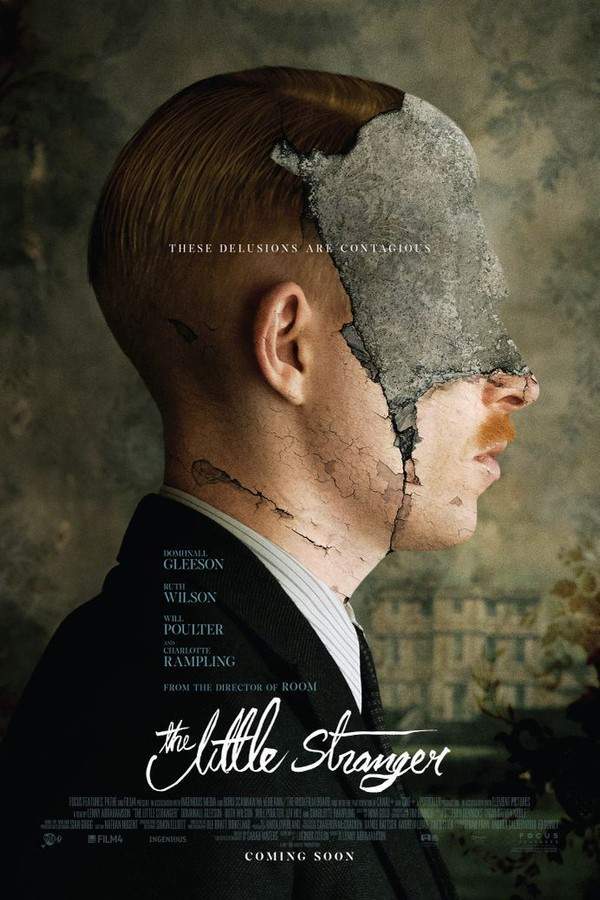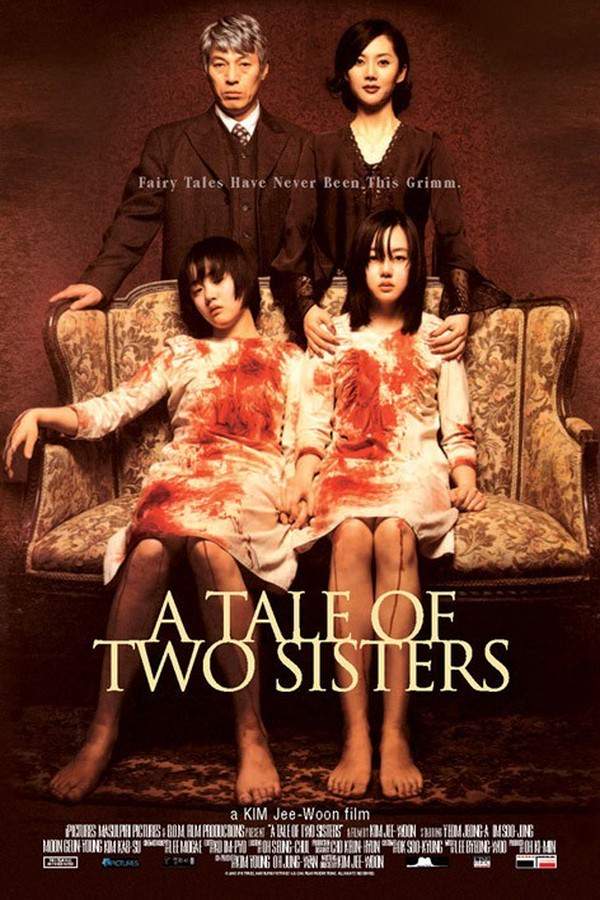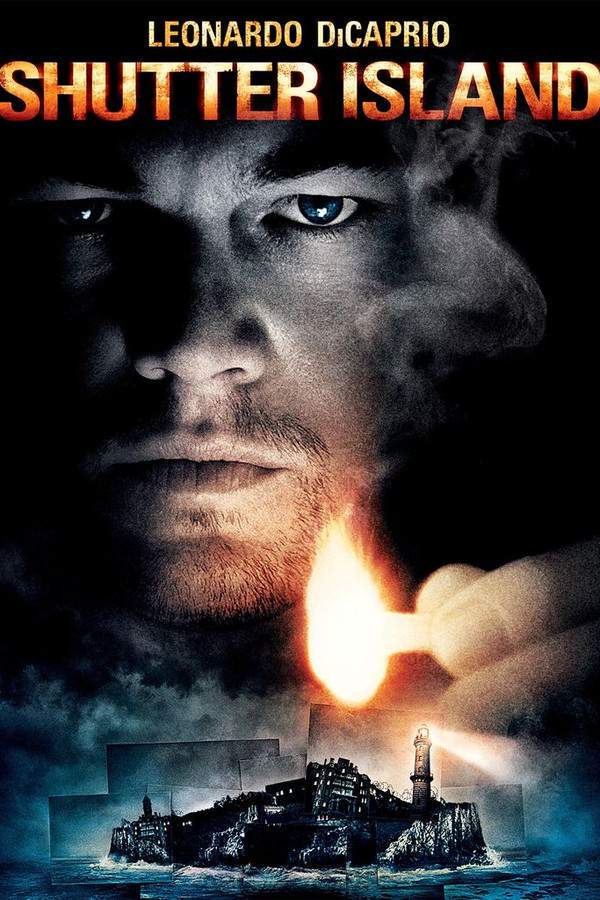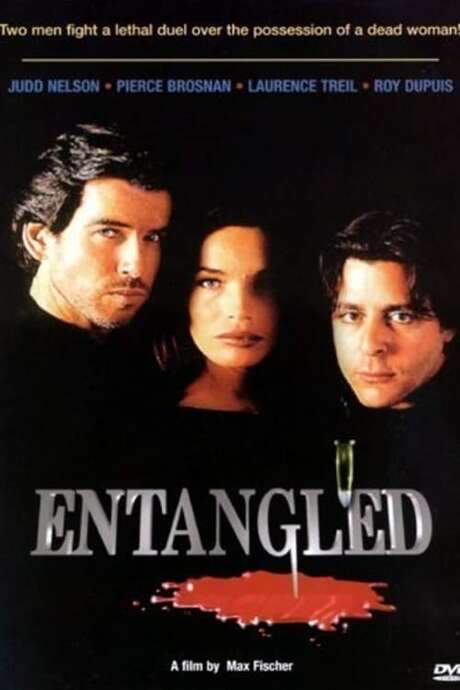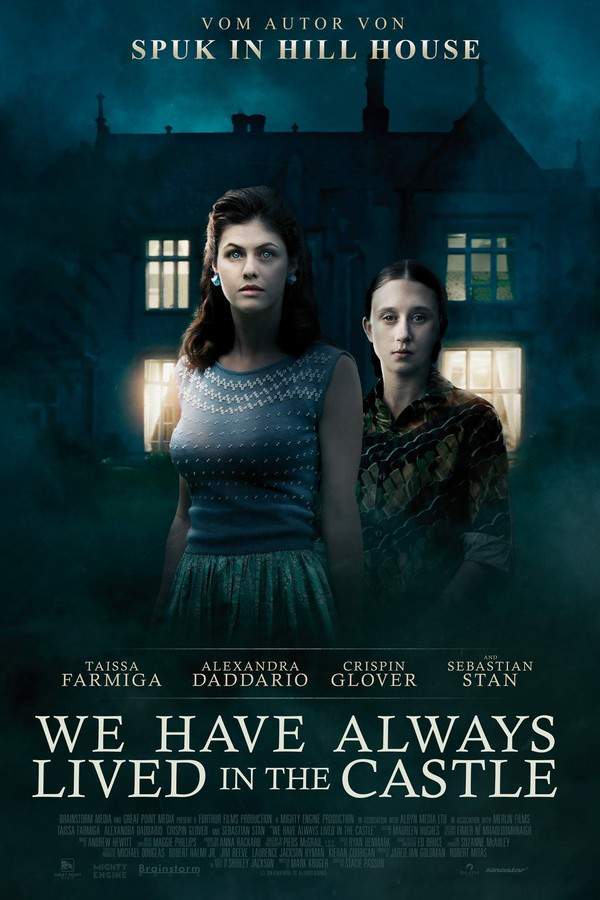
We Have Always Lived in the Castle
Two sisters and their uncle live a secluded life in a decaying mansion, haunted by a dark family history. Their isolated existence is threatened by the unexpected arrival of a distant relative. As he insinuates himself into their household, unsettling secrets emerge, jeopardizing the delicate balance of their unusual world and revealing a sinister plot.
We Have Always Lived in the Castle (2019) – Spoiler-Free Movie Summary & Plot Overview
Get a spoiler-free look at We Have Always Lived in the Castle (2019) with a clear plot overview that covers the setting, main characters, and story premise—without revealing key twists or the ending. Perfect for deciding if this film is your next watch.
In a remote valley, a crumbling manor stands as the last bastion of a once‑proud family, its walls thick with silence and whispered memories. Within its shadowed rooms live two sisters—Merricat, a fiercely protective young woman with a taste for secret rituals, and Constance, whose quiet strength hides a lingering sorrow—alongside their ailing Uncle Julian, whose presence is as fragile as the house itself. The world beyond the gardens is hostile and curious, a quaint village that watches the estate from a distance, its inhabitants wary of the lingering gloom that seems to cling to the property.
The sisters have crafted a self‑contained routine, turning the decaying estate into a sanctuary where daily life is marked by ritualistic habits and an almost palpable sense of isolation. Their bond is both tender and tense, a delicate dance between devotion and the unspoken fear that the past may yet reach out from the shadows. The atmosphere is thick with gothic melancholy, a blend of haunting beauty and understated menace that makes every creak of the floorboards feel purposeful.
This fragile equilibrium is disturbed when a distant relative arrives unannounced, his presence a subtle intrusion that threatens to unravel the careful balance the sisters have maintained. His smooth manners and curious gaze contrast sharply with the sisters’ guarded world, hinting at hidden motives while also exposing the fragile veneer of their secluded life. As he settles into the household, the mansion’s aging corridors seem to breathe a little louder, and the thin line between protection and paranoia begins to blur.
The film swirls with an eerie, lyrical tone, inviting viewers into a story where the line between reality and the sisters’ private mythos is constantly shifting. Against a backdrop of decaying grandeur and a village that both fears and envies the isolation, the tale explores the lengths to which love and fear can intertwine, leaving the audience haunted by the possibilities that linger just beyond the manor’s weathered doors.
Last Updated: August 10, 2025 at 01:53
Explore Movie Threads
Discover curated groups of movies connected by mood, themes, and story style. Browse collections built around emotion, atmosphere, and narrative focus to easily find films that match what you feel like watching right now.
Dark, atmospheric family secret films like We Have Always Lived in the Castle
Slow-burning stories of families trapped by their own dark histories.If you were captivated by the eerie, secret-laden atmosphere of We Have Always Lived in the Castle, you'll find similar films here. These movies explore families haunted by their pasts in isolated, atmospheric settings, perfect for fans of slow-burn gothic mysteries and psychological thrillers.
Narrative Summary
These narratives typically unfold within a single, oppressive location, often a family home. The central conflict arises from a hidden past crime or trauma that continues to manipulate the present. An outsider’s arrival or a gradual revelation of the truth threatens the fragile equilibrium, leading to a tense and often tragic confrontation with the past.
Why These Movies?
Movies are grouped here based on their shared focus on a dark family legacy, a strong sense of place that feels like a character itself, and a slow-building tension that stems from psychological suffocation rather than overt action.
Claustrophobic psychological thrillers similar to We Have Always Lived in the Castle
Stories where a fragile psyche fractures under pressure in a limited setting.For viewers who appreciated the intense, claustrophobic psychological tension of We Have Always Lived in the Castle, this list features movies with similar themes. Discover stories of fragile minds unraveling under pressure in isolated settings, focusing on trauma and psychological disturbance.
Narrative Summary
The plot revolves around characters whose grip on reality is tenuous. The narrative thrust comes from an external threat or internal pressure that challenges their carefully constructed world. This leads to a breakdown of their mental defenses, often culminating in desperate acts to preserve their fractured sense of safety, resulting in a bleak resolution.
Why These Movies?
These films are united by a deep dive into psychological instability, a setting that amplifies feelings of entrapment, and a narrative that prioritizes internal dread over external action, leading to heavy, often bleak emotional conclusions.
Unlock the Full Story of We Have Always Lived in the Castle
Don't stop at just watching — explore We Have Always Lived in the Castle in full detail. From the complete plot summary and scene-by-scene timeline to character breakdowns, thematic analysis, and a deep dive into the ending — every page helps you truly understand what We Have Always Lived in the Castle is all about. Plus, discover what's next after the movie.
We Have Always Lived in the Castle Summary
Read a complete plot summary of We Have Always Lived in the Castle, including all key story points, character arcs, and turning points. This in-depth recap is ideal for understanding the narrative structure or reviewing what happened in the movie.

We Have Always Lived in the Castle Timeline
Track the full timeline of We Have Always Lived in the Castle with every major event arranged chronologically. Perfect for decoding non-linear storytelling, flashbacks, or parallel narratives with a clear scene-by-scene breakdown.

Characters, Settings & Themes in We Have Always Lived in the Castle
Discover the characters, locations, and core themes that shape We Have Always Lived in the Castle. Get insights into symbolic elements, setting significance, and deeper narrative meaning — ideal for thematic analysis and movie breakdowns.

More About We Have Always Lived in the Castle
Visit What's After the Movie to explore more about We Have Always Lived in the Castle: box office results, cast and crew info, production details, post-credit scenes, and external links — all in one place for movie fans and researchers.


